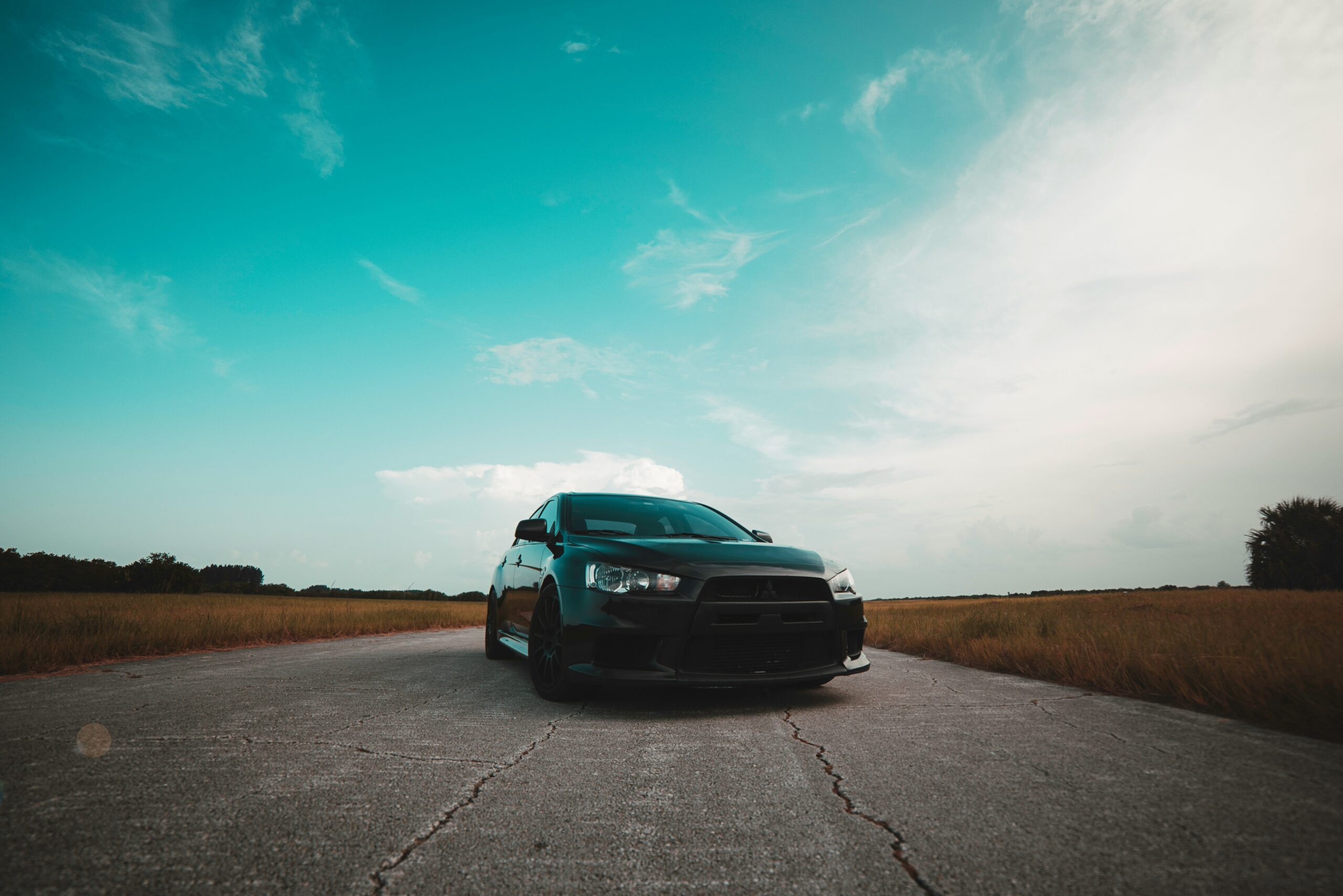Question: I have a 2012 Chevy, and sometimes, when I shift into gear, it makes a loud clunking noise. It can be difficult to shift out of park. I haven’t noticed anything off about my car’s performance, and it only happens sometimes. What causes a clunking noise when shifting from park to drive?
Answer:
This used to happen to my old Chevy every morning. Here are some possible explanations:
Parking pawl disengaging
If you park your car by shifting it to “P,” but you don’t engage the e-brake (also known as the handbrake or parking brake), then your car’s weight might be resting on the parking pawl.
A parking pawl locks your car’s transmission in place so that your wheels remain stationary. If you’ve ever parked your car and noticed it move a little before stopping, that’s your parking pawl in action.
On a flat surface, there’s not much weight resting on the parking pawl—but if you’re parked on a slope, there’s a lot more. And when you shift from “P” to “D,” you’re trying to move something that’s weighted down. Releasing the tension will cause the clunk, and the more effort it takes for you to disengage the parking pawl, the louder the clunk.
The solution is simple: When parking, engage the parking brake before the “P” gear. This puts your vehicle’s weight on the parking brake and not on the parking pawl. The clunk should go away.
Motor mounts failing
Motor mounts hold your engine in place, and if your mounts have failed, your engine can start moving around the engine bay, causing the clunking sound. This happens especially when you put your car in motion or shift gears.
The only solution is to replace your failed motor mounts.
Worn differential bushings in RWD cars
If you have a rear-wheel drive car, your differential—a system that conducts power to the wheels and lets them move at different speeds—might have a bad bushing. If a bushing is worn out, the differential might move more than normal, causing the thudding noise. You can fix this by replacing the bushing.
Transmission problems
If you’re low on transmission fluid, your transmission might not have the lubrication required to shift gear smoothly. Healthy transmission fluid should be translucent and red or dark pink. Black- or brown-colored transmission fluid needs a refresh.
It’s difficult to inspect the fluid levels on some cars. However, in many cars, you can find the transmission fluid dipstick behind the engine oil dipstick in the engine bay.

Xuyun Zeng is a writer and editor with a wide-ranging content background including tech, journalism, cars and health care. After graduating with highest honors in journalism, Xuyun led a newspaper to win eight awards, helped start an award-winning film industry podcast and has written over a hundred articles about cars repair, state laws and insurance. Prior to joining Jerry, Xuyun worked as a freelance SEO consultant with a mission to create the best content that will help readers and grow organic traffic.

Alice Holbrook is an editor with more than a decade of experience covering personal finance, including car insurance. She\\\’s passionate about creating easy-to-understand content that demystifies intimidating topics for readers. Previously, she worked for NerdWallet, and her work has been featured by Newsweek, The Washington Post and the Associated Press, among others.








